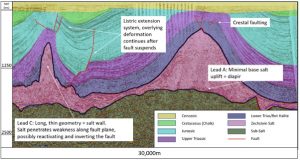SERIES: NAVIGATING CARBON DIOXIDE PLUME FLOW IN THE SUBSURFACE, A RESERVOIR ENGINEER’S PERSPECTIVE.
Modelling CO2 storage sites presents unique challenges compared to traditional reservoir simulations due to the different timescales the models need to operate over. Read our latest article to learn more.






